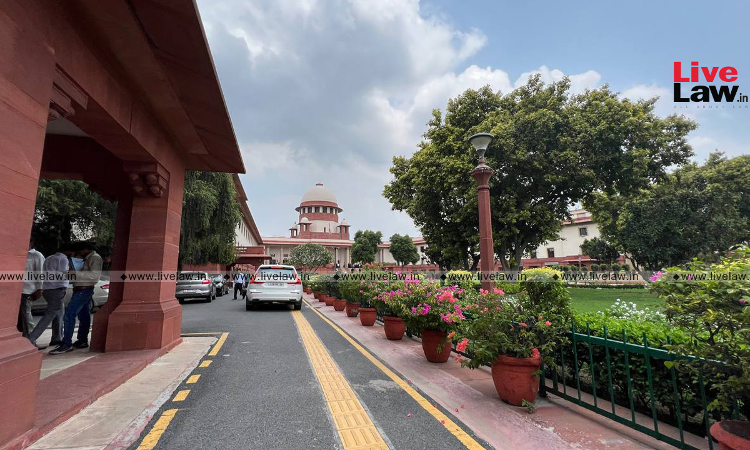Satellite Mapping And Geo Fencing Required To Detect Encroachments: Supreme Court
Rintu Mariam Biju
3 Oct 2022 2:00 PM IST

Next Story
3 Oct 2022 2:00 PM IST
In an order passed last week, the Supreme Court of India observed that modern technologies for Satellite mapping of lands and buildings and geo fencing are required to detect encroachments. A Bench of Justices Sanjay Kishan Kaul and Abhay Shreeniwas Oka observed, "It is necessary that the modern technologies for Satellite mapping of lands and buildings to detect encroachments...
